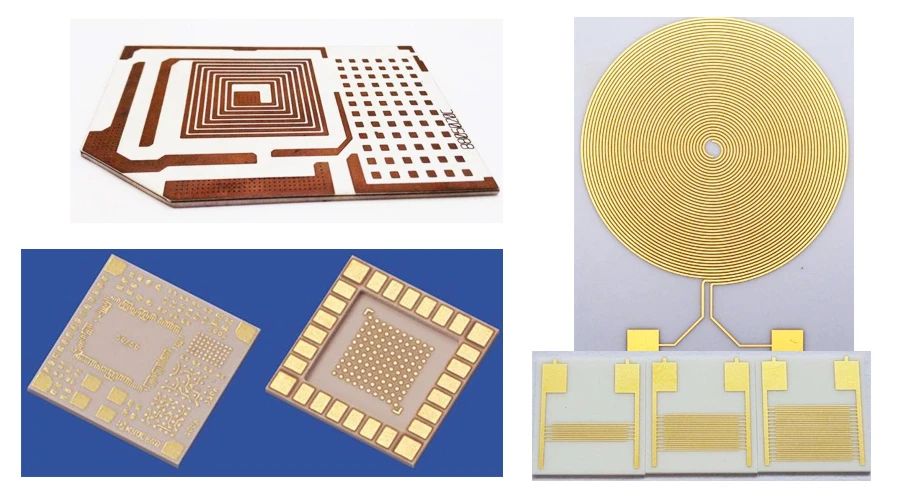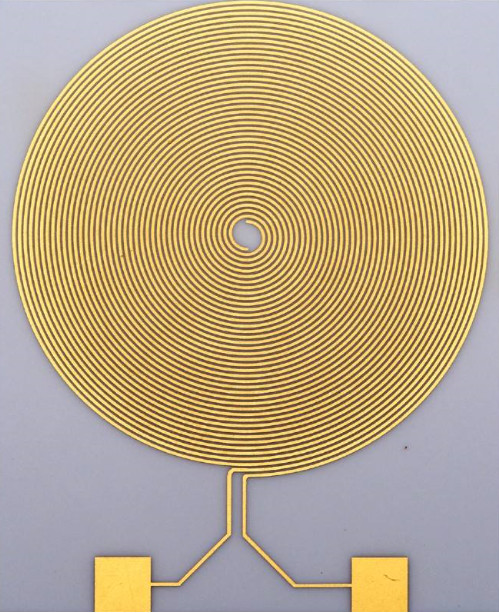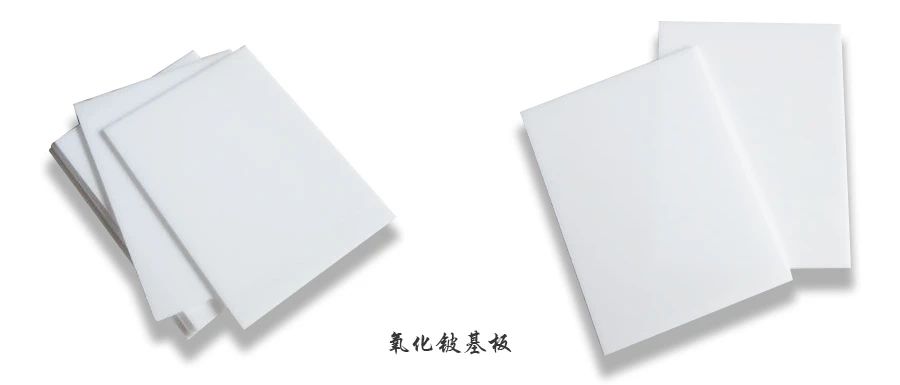1. Alumina ceramic PCB
Alumina ceramic PCB substrate is the most commonly used substrate material in
electronic industry, because of its high strength and chemical stability compared
with most other oxide ceramics in mechanical, thermal and electrical properties, and
abundant raw materials, it is suitable for various technical manufacturing and
different shapes. The alumina substrate can be customized in three dimensions.
2. Beryllium oxide ceramic PCB
Its thermal conductivity is higher than that of aluminum, so it can be used in
occasions where high thermal conductivity is needed, but it decreases rapidly when
the temperature exceeds 300℃. The most important thing is that its toxicity limits
its own development.
Beryllium oxide ceramics are ceramics with beryllium oxide as the main component. It
is mainly used as large-scale integrated circuit substrate, high-power gas laser
tube, heat sink shell of transistor, microwave output window and neutron moderator.
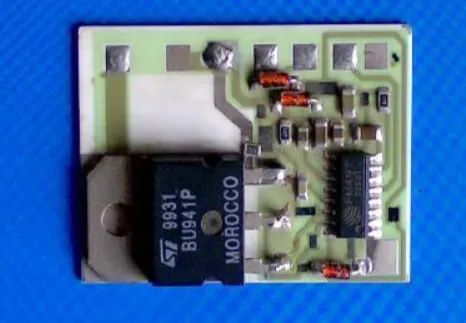
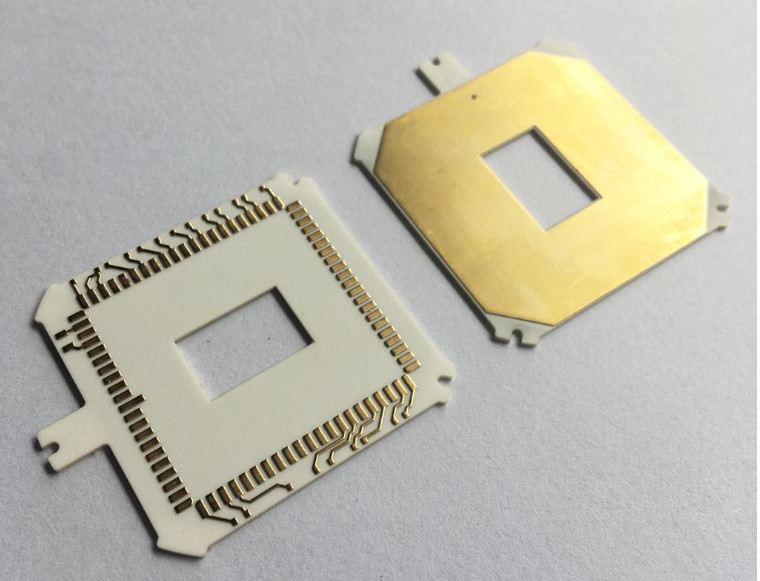
3. Aluminum nitride ceramic PCB
AlN has two very important properties worth noting: one is high thermal
conductivity, and the other is the expansion coefficient matching with Si. The
disadvantage is that even if there is a very thin oxide layer on the surface, it
will affect the thermal conductivity. Only by strictly controlling the materials and
processes can AlN substrates with good consistency be manufactured. There are few
AlN production technologies in China that can be produced on a large scale like
Sliton, and the price of AlN is relatively high compared with Al2O3, which is also a
small bottleneck restricting its development. However, with the improvement of
economy and technology, this bottleneck will eventually disappear.
From the above reasons, it can be known that alumina ceramics are widely used
because of their superior comprehensive performance, and they are still in a
dominant position in microelectronics, power electronics, hybrid microelectronics,
power modules and other fields.
AlN can be stabilized up to 2200℃. The strength is high at room temperature, and the
strength decreases slowly with the increase of temperature. Good thermal
conductivity, small thermal expansion coefficient, and is a good thermal
shock-resistant material. With strong resistance to molten metal erosion, it is an
ideal crucible material for melting and casting pure iron, aluminum or aluminum
alloy. Aluminum nitride is also an electrical insulator with good dielectric
properties, and it is also promising to be used as an electrical component. The
aluminum nitride coating on the surface of gallium arsenide can protect it from ion
implantation during annealing. It is also a catalyst for converting aluminum nitride
from hexagonal boron nitride to cubic boron nitride. It reacts slowly with water at
room temperature. It can be synthesized from aluminum powder at 800~1000℃ in ammonia
or nitrogen atmosphere. The product is white to gray powder blue. Or synthesized by
reaction of Al2O3-C-N2 system at 1600~1750℃, and the product is off-white powder. Or
aluminum chloride and ammonia are prepared by gas phase reaction. The coating can be
synthesized from AlCl3-NH3 system by gas phase deposition.
4. Silicon nitride ceramic PCB
Rogers Company introduced the new curamik® series silicon nitride (Si3N4) ceramic PCB
substrate in 2012. As the mechanical strength of silicon nitride is higher than that of
other ceramics, the new curamik® substrate can help designers achieve a long life in
harsh working environment and HEV/EV and other renewable energy applications.
The flexural strength of the new ceramic PCB substrate made of silicon nitride is higher
than that of the substrate made of Al2O3 and AlN.
The fracture toughness of Si3N4 even exceeds that of zirconia doped ceramics.
Up to now, the reliability of copper-clad ceramic PCB substrate used in power modules
has been limited by the low flexural strength of ceramics, which will reduce the thermal
cycle capability. For those applications that combine extreme thermal and mechanical
stress, such as hybrid vehicles and electric vehicles (HEV/EV), the commonly used
ceramic PCB substrate is not the best choice. The thermal expansion coefficients of the
substrate (ceramic PCB) and the conductor (copper) are very different, which will exert
pressure on the bonding area during the thermal cycle, thus reducing the reliability.
This curamik® series silicon nitride (Si3N4) ceramic PCB substrate introduced by Rogers
Company at this year's PCIM exhibition will prolong the life of power electronic modules
by 10 times.
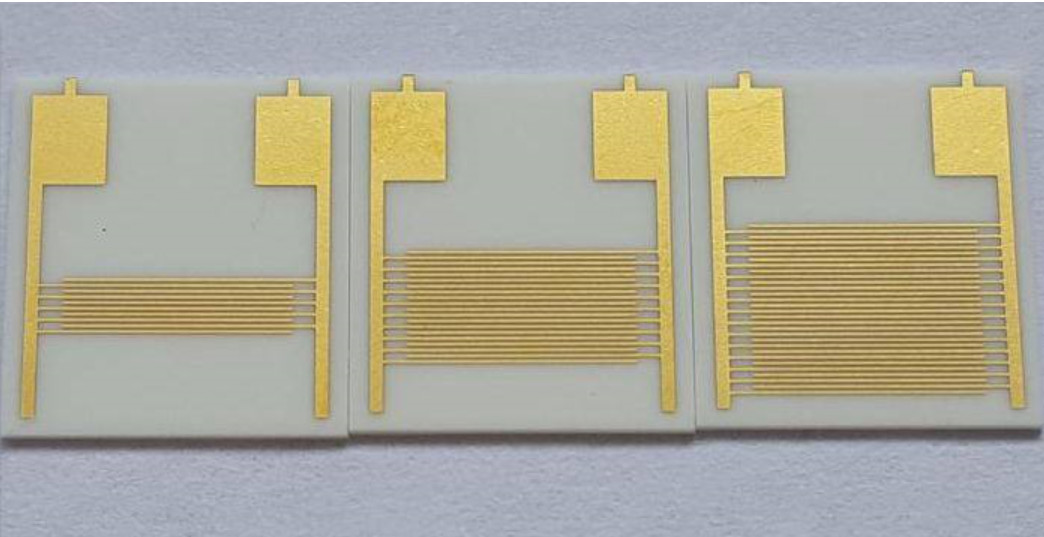
With the growth of HEV/EV and renewable energy applications, designers have found new
ways to ensure the reliability of these electronic components needed to promote the
development of challenging new technologies. Since the service life is 10 times or more
longer than that of other ceramics used in power electronics, the silicon nitride
substrate can provide mechanical strength which is essential to meet the necessary
reliability requirements. The life of the ceramic PCB substrate is measured by the
number of thermal cycles that the substrate can bear without peeling and other faults
that affect the circuit function and safety. This test is usually done by circulating
the sample from-55 C to 125°C or 150 C.
Manfred Goetz, Curamik product marketing manager, said, "Our current test results (-55 C
to 150°C) show that the service life of Curamik silicon nitride substrate is more than
ten times longer than that of the substrate commonly used in automobile market,
especially HEV/EV. Similarly, the life of the whole module is greatly improved by using
the silicon nitride substrate. "
The extension of service life is very important for all power module applications where
large semiconductor wafers are directly bonded to the substrate, especially for SiC and
GaN wafers with high junction temperature (up to 250°C). The thermal conductivity of
curamik® silicon nitride substrate is 90 W/mK, which exceeds the average value of other
substrates on the market.
The mechanical strength of the new substrate enables us to use thinner ceramic PCB
layer, thus reducing thermal resistance, increasing power density and cutting system
cost.
Compared with Al2O3 and AlN substrates, its flexural strength is much improved, which
will benefit designers. The fracture toughness of silicon nitride is even higher than
that of zirconia doped ceramics, reaching 6.5~7 MPa/√m at the thermal conductivity of 90
W/MK.
As a Aeramic PCB Manufacturer, if you have any needs about pcb and pcba, please contact us, we will have a professional team for you!














